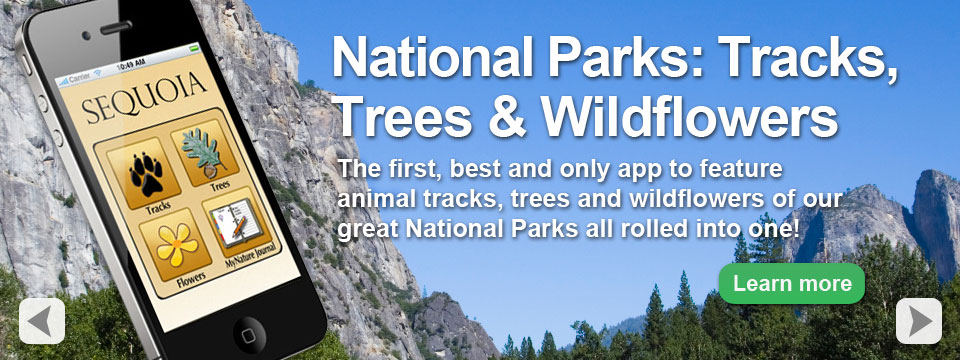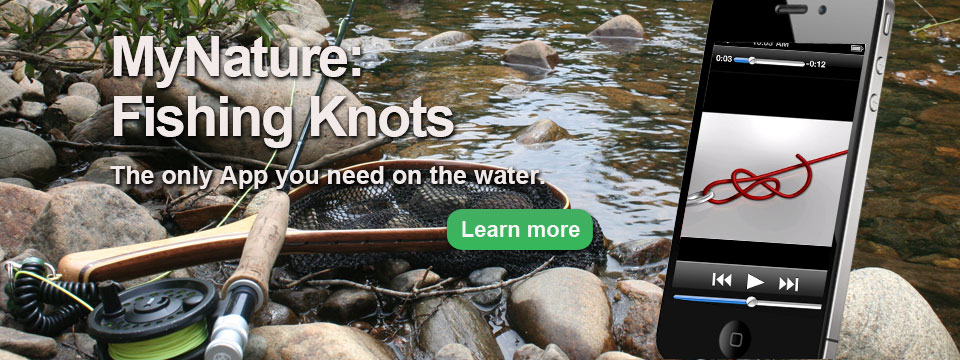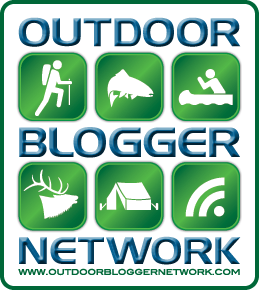One of the best places to spend some time outdoors looking for tracks is a Beaver pond. Actually an old beaver pond which the dam has broke and left a flow is even better. Dams represent the edge in the forest, an edge is where two different ecosystems meet. Wildlife are naturally drawn to the edge of an ecosystem and spend time feeding, bedding and hunting these areas. These edges are where the majority of animal sign can be found if you take the time to look. Elevated areas like rocks and logs in or near the waters edge are great places to find scat left by Mink, Muskrat and Otters.
This scat left by a Muskrat is a territorial marker. You can see that there is both new and old scat where he constanly freshens this scent post. You might also find a latrine area where there are piles of different aged scat, these are usually found near their core area where they spend the majority of their time.
Sign left on the trails leading to an Edge area like a Beaver Pond are also good indicators of what animals are using the area.
 This Bobcat scat on the left was found just a few feet away from the dam itself.
This Bobcat scat on the left was found just a few feet away from the dam itself. 
This scat on the right was left on one of the trails leading to the pond by a Black Bear.
One of the best spots to look for tracks on a active beaver pond is right on the dam itself. Dams serve as a kind of natural bridge for animals to cross on. Many times the top of the dam consists of mud placed there by beavers to reinforce the structure. Bears, Deer, Coyotes, Fox will all utilize the top of the dam to get from one side of the pond to the other and leave their tracks there for your identification.
Next time your on an outing try to find the Edge whether a beaver pond, mountain meadow, stream or agricultural field and you should have no problem finding animal sign.
Happy Tracking !!
















What Others Have to Say